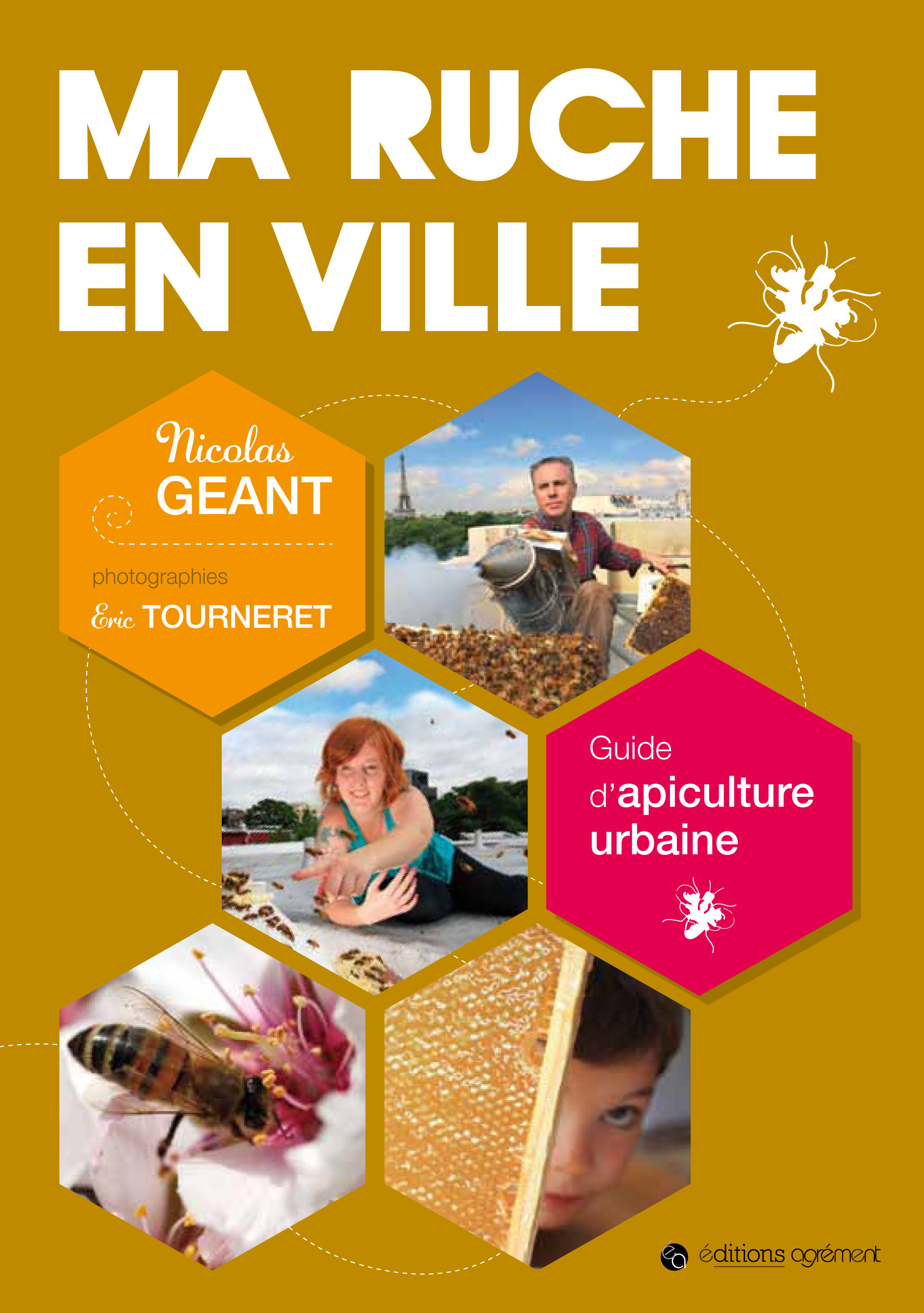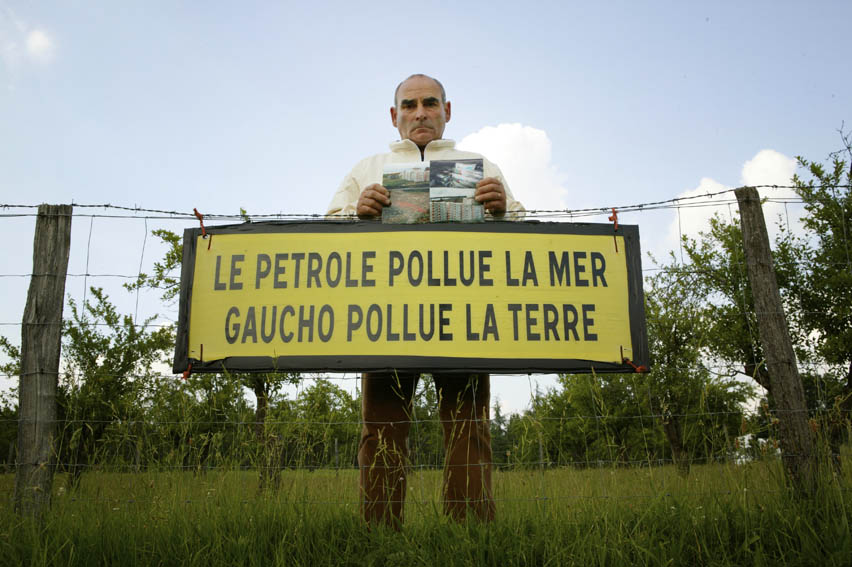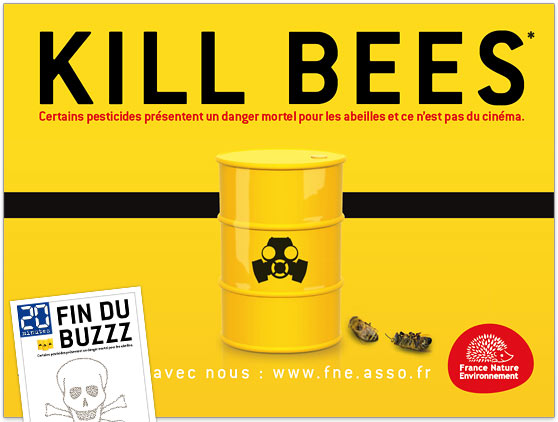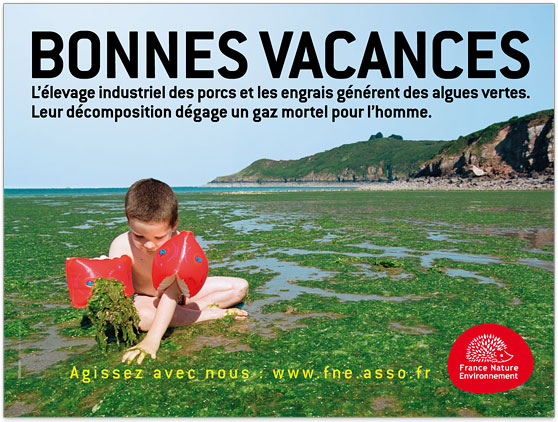
LE PREMIER GUIDE PRATIQUE D’APICULTURE URBAINE
Sortie le 29 mars 2011 / 96 pages, 10 €.
Installer une ruche en ville est possible. Si l’aventure vous intéresse, lisez ce petit ouvrage pratique richement illustré.
Ce livre est destiné à accompagner l’essor de l’apiculture urbaine de loisir, une activité écologique, familiale et peu onéreuse.
Grâce aux conseils de Nicolas Géant, l’apiculteur des toits de Paris, vous produirez de 30 à 50 kilos de miel par an et par ruche. Moins atteintes par les pesticides qu’à la campagne et profitant de la riche diversité florale des parcs, jardins et balcons, les abeilles urbaines produisent un excellent et abondant miel toutes fleurs.
Pour vous pemettre de vous lancer, l’ouvrage récapitule les points clefs indispensables : le lieu où placer votre ruche, la disponibilité nécessaire (au moins 4 fois par an), en passant par le budget (250 euros pour démarrer) et la réglementation.
Une fois ces points clefs acquis, « Ma Ruche en Ville » vous fait entrer dans la pratique, en illustrant chaque étape par l’image. Chaque élément de la ruche y est détaillé ainsi que toutes les « grandes manoeuvres », de l’allumage de l’enfumoir jusqu’à la mise en pot. Et à chaque étape, la spécificité de l’apiculture urbaine est mise en avant.
Si les informations fournies dans « Ma Ruche en Ville » sont rigoureuses (les règles de sécurité y clairement et simplement détaillées) le ton du livre reste léger et accessible. Pas question de jargonner ni de pontifier, mais plutôt de vous simplifier l’apiculture !
Et pour mieux vous accompagner, des vidéos pratiques sont disponibles gratuitement sur Internet sur le site ma-ruche-en-ville.fr et sur Facebook. Elles sont conçues pour une lecture sur smartphone.
Commandes sur le site: www.ma-ruche-en-ville.fr
 « Au contact de l’abeille depuis plus de 50 ans, j’ai appris ceci : un insecticide tue l’abeille et souvent même un fongicide aussi. Avec tout les résidus de pesticides présents dans la nature, le plus étonnant : il en reste encore des abeilles… »
« Au contact de l’abeille depuis plus de 50 ans, j’ai appris ceci : un insecticide tue l’abeille et souvent même un fongicide aussi. Avec tout les résidus de pesticides présents dans la nature, le plus étonnant : il en reste encore des abeilles… »





